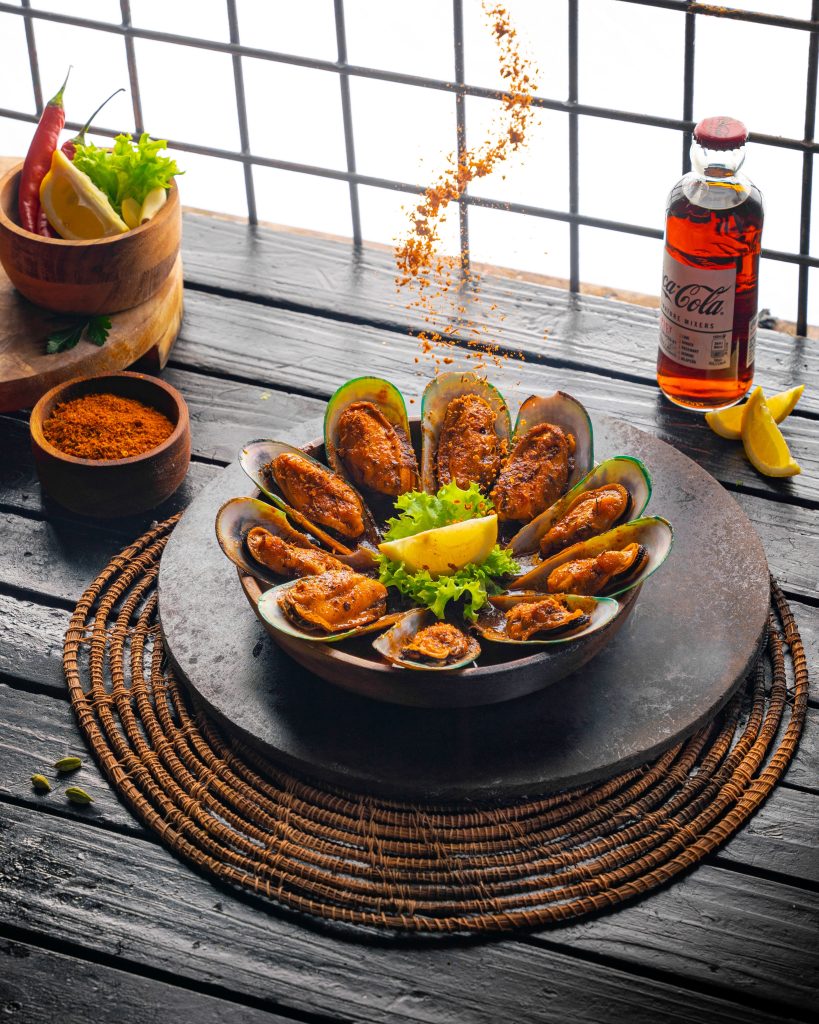
Food videography is a popular and exciting field that involves capturing the beauty and deliciousness of food through video. With the rise of social media platforms like Instagram and YouTube, there has been an increase in demand for high-quality food videos. However, with this popularity comes a lot of competition, and it’s easy to make mistakes that can hinder your success as a food videographer.
In this guide, we will explore some common mistakes that food videographers make and provide tips on how to avoid them.
Poor lighting choices:
Lighting is one of the most important elements in food videography. A common mistake food videographers make is not giving enough attention to lighting, resulting in poorly lit footage. Too much direct light can create harsh shadows, while insufficient lighting can make the food appear flat and unappetising. The best approach is to use soft, diffused lighting that highlights the food’s textures and colors. Natural light, or artificial light with softboxes and diffusers, can give the video a pleasant, appealing look.
Ignoring camera angles:
Camera angles have a significant impact on how food is portrayed in a video. Many videographers fall into the trap of sticking to one angle throughout the shoot. This can make the footage feel static and less vigorous. Experimenting with different angles, such as overhead shots, side profiles, or close-ups, helps create a more interesting and engaging video. Changing the perspective makes the food appear more visually appealing and also adds movement to the video, keeping the viewer’s attention.
Overcomplicating the composition:
Another mistake food videographers often make is overcomplicating the composition. Too many props, excessive movement, or cluttered backgrounds can distract from the main subject—the food. A clean, simple setup with minimal distractions allows the food to remain the focal point. Using a few well-chosen props, such as utensils or ingredients, can complement the dish without overwhelming it. The composition should be simple yet elegant, allowing the food’s texture, color, and presentation to shine.
Not paying attention to audio:
Food videos are not just about visuals—they also involve sound. Many videographers neglect the importance of audio, resulting in videos that feel incomplete or unprofessional. Sounds like the sizzling of a hot pan, the crunch of fresh vegetables, or the pouring of a drink can add a layer of sensory richness to the video. Failing to capture these sounds, or using poor-quality audio, can detract from the viewer’s experience. Investing in high-quality microphones or capturing sound separately can elevate the production value of food videos.